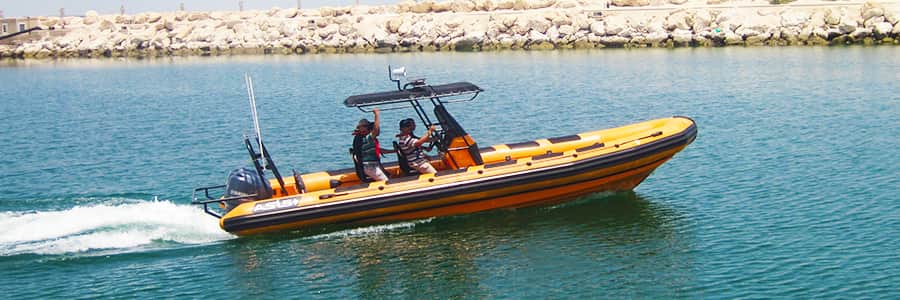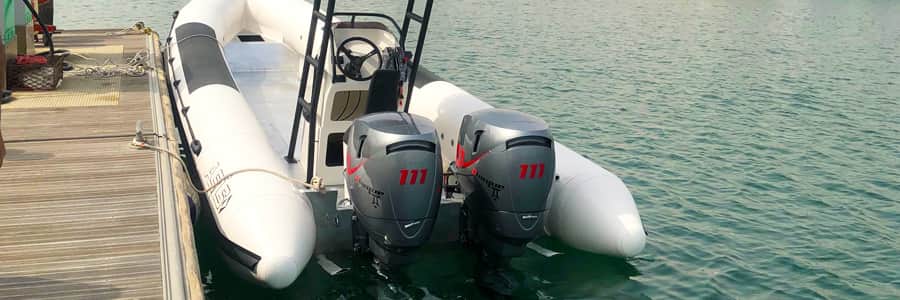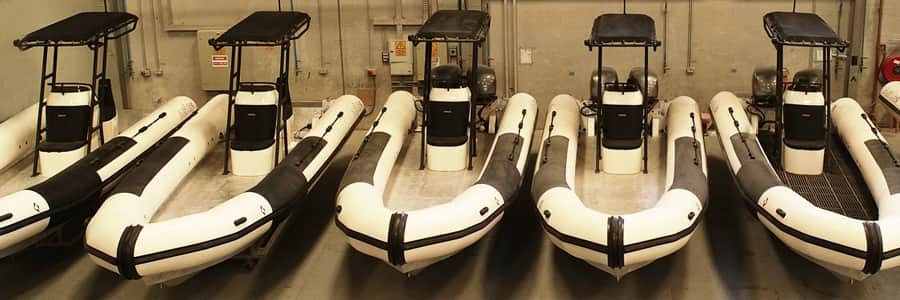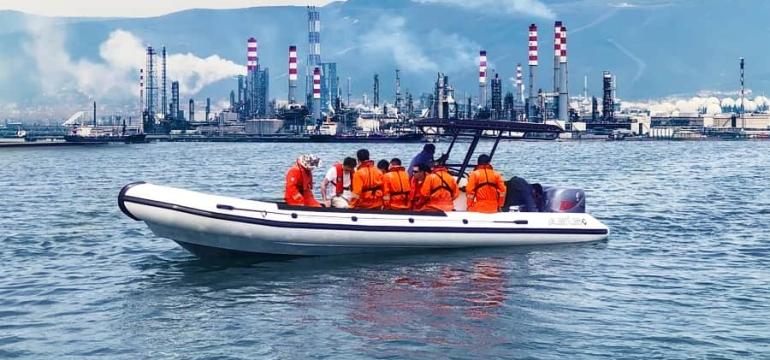All about oil and gas workboats
The Oil and Gas Industry has unique maritime challenges. The Oil and Gas companies operate in very remote areas where accessibility is hard and the environment conditions are rough. The Oil and Gas industry requires many different types of vessels for its offshore oil drilling and rigging platforms from huge platform supply vessels to anchor handling tug supply to multi-purpose support vessels.
The workboats built are all very well designed and strongly built to cater to the tough maritime environment surrounding offshore oil platforms. For more information on these workboats, refer to these companies that specialize in the Oil and Gas industry in the sources provided at the end of this article.
All these vessels carry rescue boats and other types of workboats. These boats are Rigid Hull Inflatable Boats (RHIBs) used by the oil companies mainly for daily offshore transport of personnel and equipment or for platform security-zone enforcement.
These workboats can be versatile if required. As such, in addition to their main function, these oil and gas workboats RIBs can be used for rescue, servicing needs and watchmen over the offshore drilling rig platform. Here are the top 3 tips for the best type of Rigid Hull Inflatable Boats (RHIBs) for the Oil and Gas offshore operational needs:
1. Hull Type: Aluminum or FiberGlass
As you probably already know, the hull of a RHIB can be made either in Fiber Glass or in Aluminum. For the Oil and Gas industry which we are covering today, depending on the company and the purpose of the boat, the company might opt for an Aluminum or Fiberglass material used for the hull of the workboat.
Both hull types have their own unique advantages. At ASIS, we have experience in manufacturing both and have manufactured both types for Oil and Gas companies.

2. Engine Type: Outboard Diesel
Diesel engines are required for the Oil and Gas operations for safety reasons as safety regulations prevent the use of petrol engines as they are spark ignited.
The OXE Diesel range is the first and only commercially available outboard able to be used in the Oil and Gas sector as it runs on compression ignition diesel fuel. Prior to this new invention, Oil and Gas workboats were using inboard engines. However, between having the option of an inboard and outboard engine, we recommend highly recommend the outboard diesel engine for the following reasons:
- The boats are more operational
- It is easy to service and replace as they can be performed externally
- It doesn’t take too much deck space for installation as it can hang on the transom
There is also the Dtorque outboard diesel engine but currently it is only available with 50Hp.
https://www.oxe-diesel.com/Applications/Oil-and-Gas

3. Deck option: Marine anti-slip rubber platform
The harsh environments of Oil and Gas require anti-slip protection for the safety of the personnel on the boat and for the boat from equipment transported. We highly recommend adding a marine anti-slip rubber platform to the deck to avoid slippery and ensure maximum safety for the workers on the boat.
You can check ASIS Boats Oil and Gas Workboats range, as we have vast experience in fielding advanced designs for this specialized work environment. We custom-design the workboat to your operations needs by designing according to your configurations, whether you require an open-boat or a cabin-boat. Contact us now so we can build you the Oil and Gas workboat RIB to ensure no time is lost or wasted on the oil platform.



